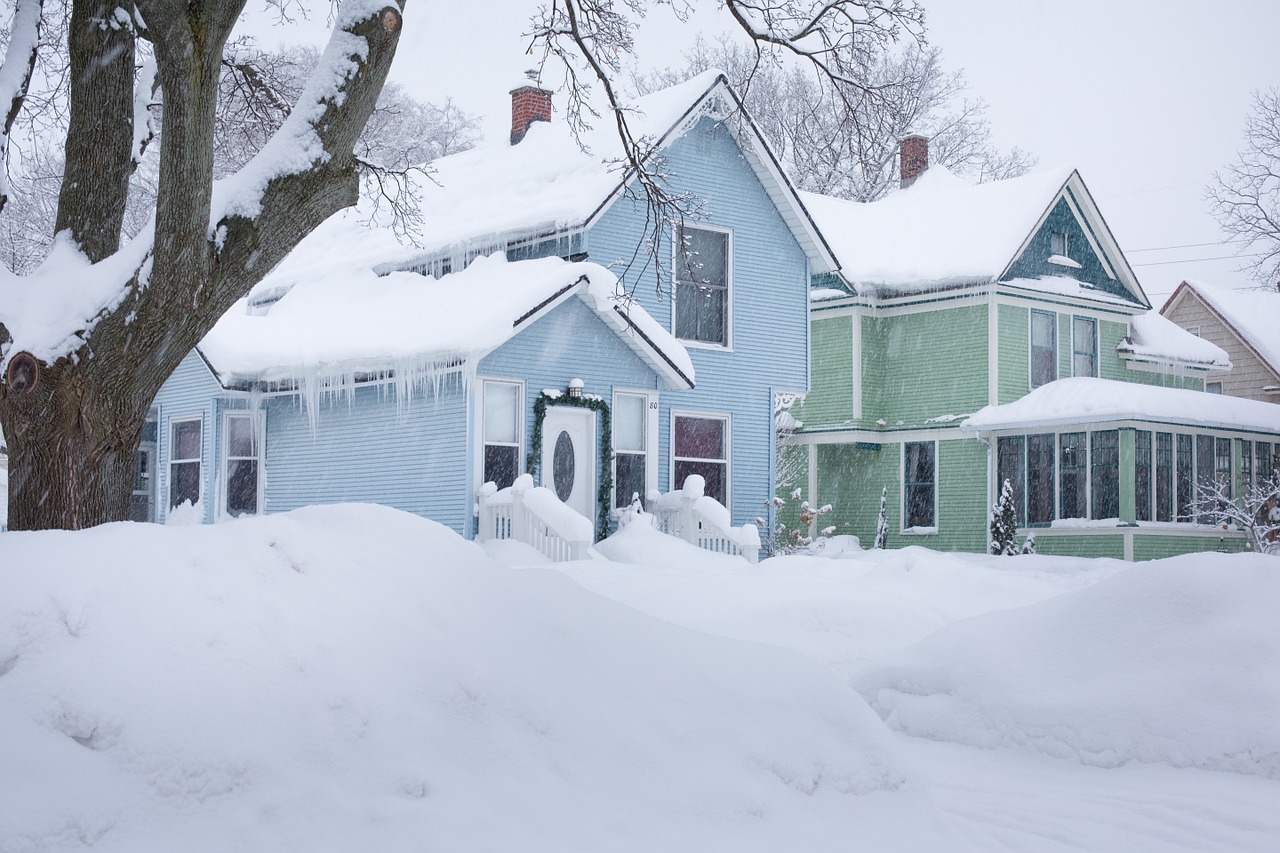Problems Caused by Frozen Dryer Vents
 How often do you check your outside dryer vent during the winter? If you’re like most people, you probably said, “Never.” However, during the winter, your dryer vent flapper can freeze shut due to rain and falling temperatures. Or, snow can pile up around your outside dryer vent. When you run your dryer, the snow will melt. Once the dryer shuts off, the water will refreeze the louvers shut.
How often do you check your outside dryer vent during the winter? If you’re like most people, you probably said, “Never.” However, during the winter, your dryer vent flapper can freeze shut due to rain and falling temperatures. Or, snow can pile up around your outside dryer vent. When you run your dryer, the snow will melt. Once the dryer shuts off, the water will refreeze the louvers shut.
Your dryer vent plays an essential role in drying your clothes. It helps expel hot air and moisture from the dryer to the outdoors. If you didn’t have a dryer vent, all the hot air and moisture would end up in your home where it could cause wood rot and mold growth among other issues.
During the winter, if your dryer vent flapper were to freeze shut, the following problems could occur:
Your dryer wouldn’t operate properly. You may find that it takes longer to dry your clothes. Your clothing may feel hotter than usual at the end of the drying cycle. Or, your dryer may shut off before the end of its cycle.
Airflow to your dryer would be reduced. When your dryer’s vent flapper can’t open properly, fresh air can’t get into your dryer. Therefore, your dryer wouldn’t work properly and could overheat, leading to a home fire. About 20,000 dryer fires occur in the United States each year. And 32% of these fires are due to a malfunction like frozen vents.
Lint can build up inside your dryer. Lint buildup can cause your dryer to overheat and eventually catch fire. Some signs of excess lint are lint buildup inside and outside your dryer and lint blowing out into the room.
If you have a gas dryer, you and your family could become sick – or even die – from carbon monoxide poisoning. Carbon monoxide is a toxic gas that’s produced when natural gas is burned. When your vent is blocked, carbon monoxide can escape into your home.
If you find that your dryer vent has frozen shut, a simple solution is to use a hair dryer to melt the snow and ice. Wipe each louver dry with a cloth. Apply a thin layer of petroleum jelly to the inside lower edge of each louver with your finger. The petroleum jelly will help prevent the louvers from freezing together and cause water to flow away from the edges.
As a long-term solution to make sure your dryer continues to operate efficiently, contact T.J.’s Chimney Service and have your dryer vents thoroughly inspected and cleaned. Each year about 32% of home fires are caused by the homeowner’s failure to properly clean their dryer. So reduce your risk of a dryer fire by having your vents professionally serviced by T.J.’s Chimney Service.

